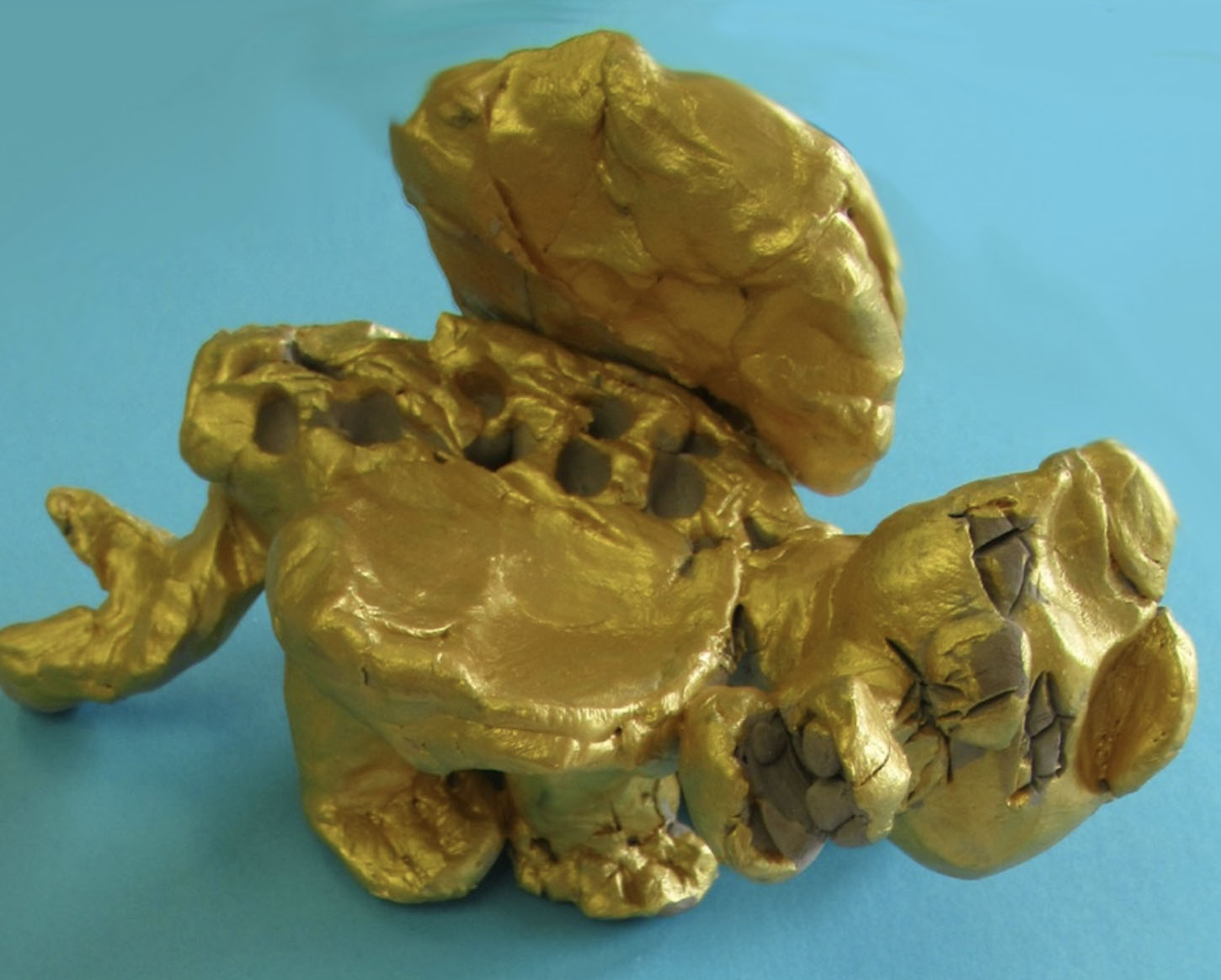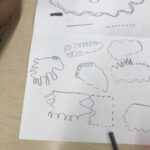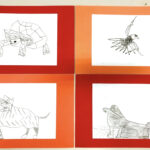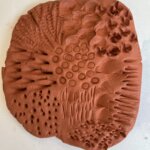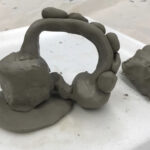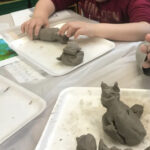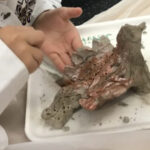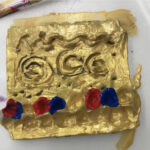Overview
In this unit, students will explore the concept of imaginary pets through drawing and clay sculpture. They will invent a pet and create two- and three-dimensional representations, focusing on balance and freestanding structures for their sculptures. Students will add details and textures and write a fairy tale featuring their imaginary pet.
Lessons
Materials and Tools
- Ebony pencils
- Black tempera paint
- Self-hardening clay
- Drawing paper – 12 x 18”
- Drawing paper – 9 x 12”
- Paintbrushes
- Plastic rolling pins
- Clay tools
- Cardboard for templates
- Sponges
- Plastic forks
- Trays
- Ziploc bags
- Metallic paint
- Paint cups
Objectives
- Students will create a clay sculpture that demonstrates:
- Additive and subtractive techniques
- Tapping, rolling, coiling, pinching, and pulling
- Attaching shapes through scoring and smoothing
- Incising
- Textures with a variety of lines
- Students will observe, analyze, and interpret lines and shapes.
- Students will learn how to work and think like an artist.
- Students will use their imagination to invent a pet.
- Students will use black paint to create a gestural painting, including visual texture.
Resources

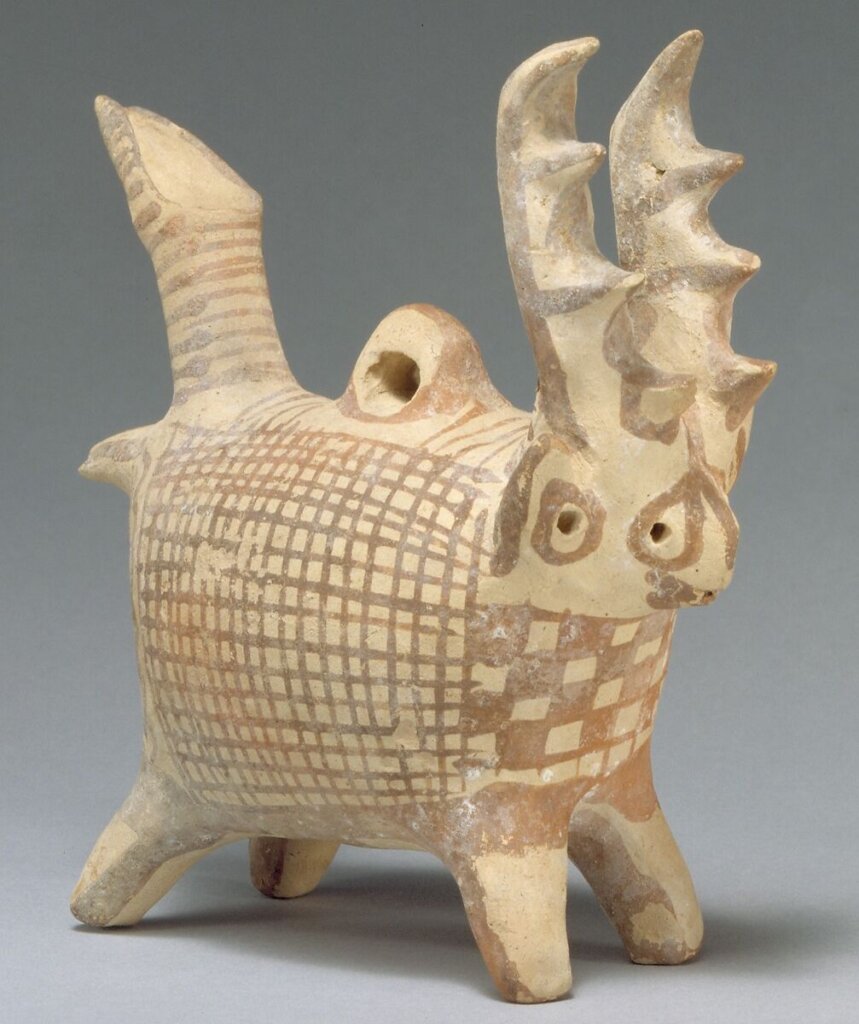
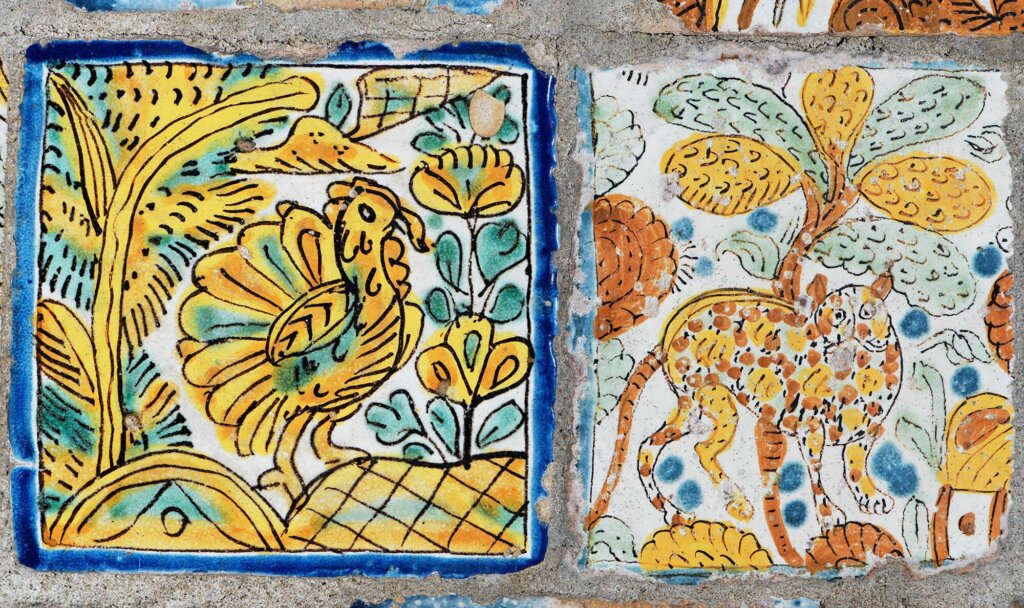
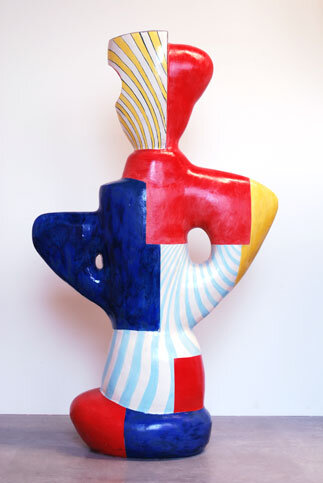
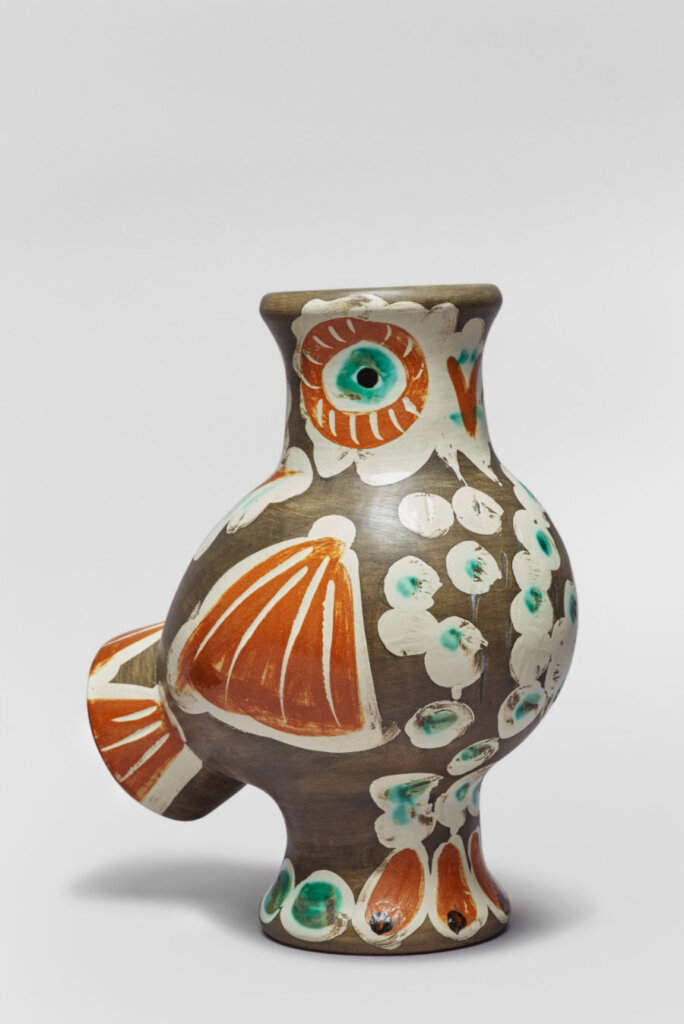
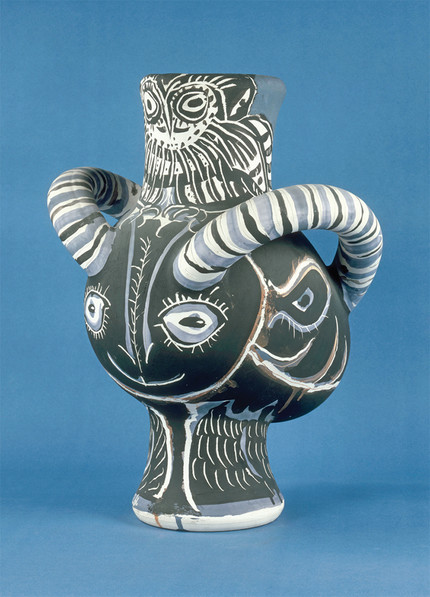
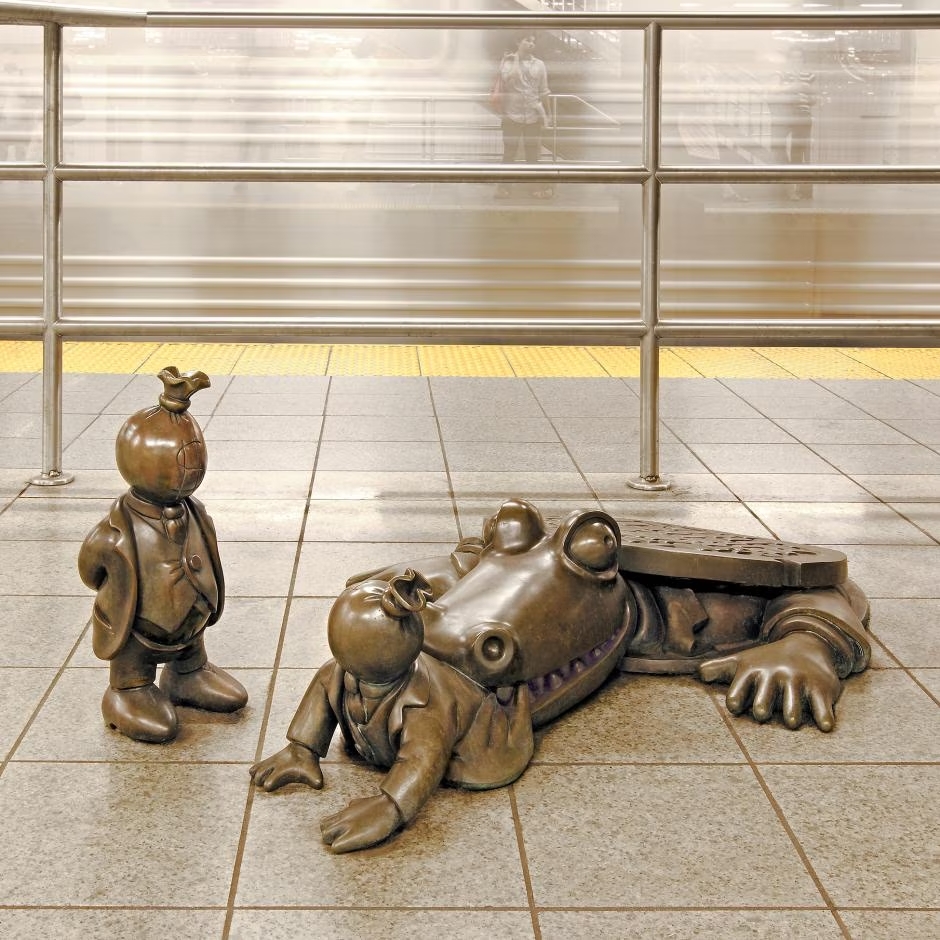
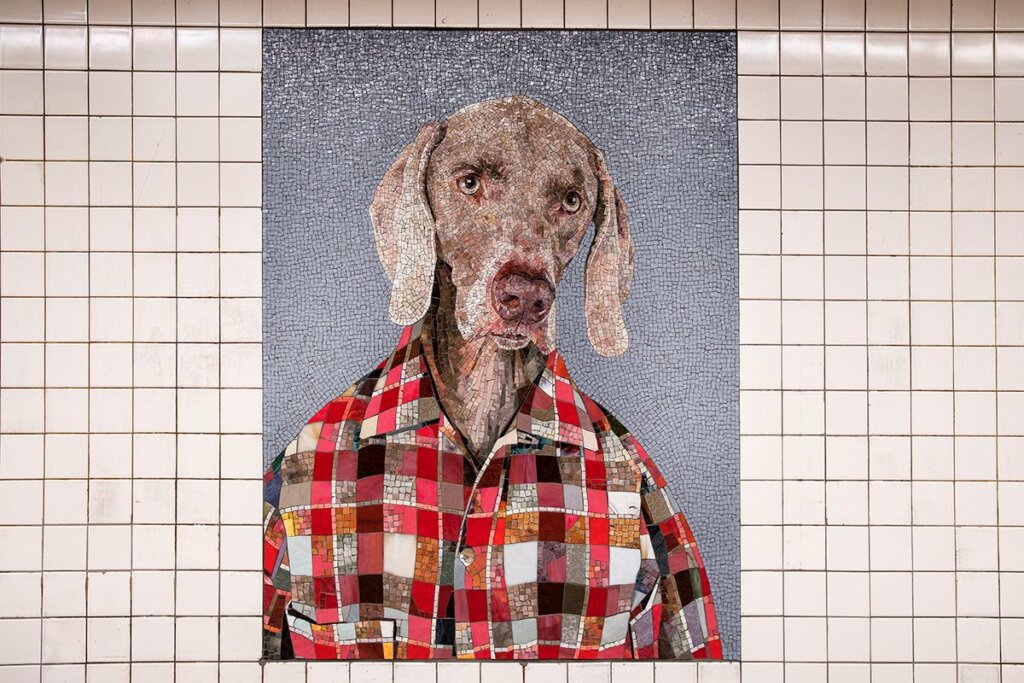
BOOKS:
From Mud to House by Bertram T. Knight
Frida and her Animalitos by Monica Brown (Author) and John Parra (Illustrator)
The Three Little Pigs
Adaptations
For Multilingual Learners
- Pre-teach vocabulary
- Model
- Use prompts and/or sentence starters
- Use cooperative grouping
- Use multimodality tasks
- Use engaging texts and images
and rich content - Use Total Physical Response (TPR)
- Employ high-utility vocabulary and academic language
- Build social and academic language and knowledge through discussion
- Build language and knowledge through writing
- Repeat vocabulary words as they are introduced
Credits
Written by Traci Talasco, Artist Instructor
Copyright © 2023 Studio in a School NYC LLC

